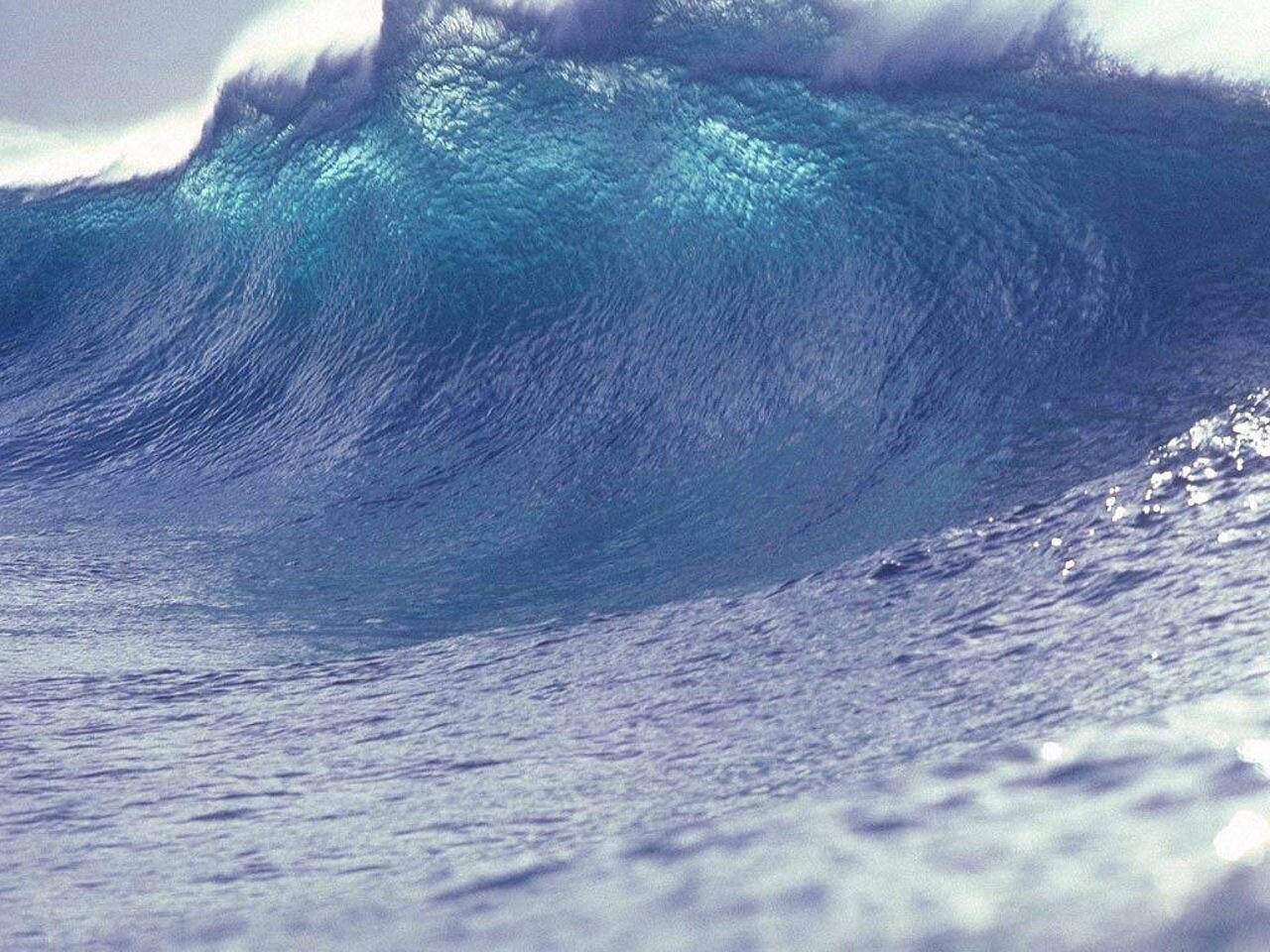California Tsunami Zones: Identifying High-Risk Communities And Infrastructure

Welcome to your ultimate source for breaking news, trending updates, and in-depth stories from around the world. Whether it's politics, technology, entertainment, sports, or lifestyle, we bring you real-time updates that keep you informed and ahead of the curve.
Our team works tirelessly to ensure you never miss a moment. From the latest developments in global events to the most talked-about topics on social media, our news platform is designed to deliver accurate and timely information, all in one place.
Stay in the know and join thousands of readers who trust us for reliable, up-to-date content. Explore our expertly curated articles and dive deeper into the stories that matter to you. Visit Best Website now and be part of the conversation. Don't miss out on the headlines that shape our world!
Table of Contents
California Tsunami Zones: Identifying High-Risk Communities and Infrastructure
California's stunning coastline, while breathtaking, harbors a significant and often overlooked threat: tsunamis. The Pacific Ocean's volatile nature means the state faces a real and present danger, making understanding California's tsunami zones crucial for both residents and policymakers. This article explores the high-risk communities and vital infrastructure most vulnerable to these devastating natural disasters, highlighting the ongoing efforts to mitigate their impact.
Understanding California's Tsunami Risk
California is susceptible to tsunamis generated by both near-source events (earthquakes along the Cascadia Subduction Zone or other faults off the coast) and distant-source events (major earthquakes and volcanic eruptions across the Pacific Rim). The Cascadia Subduction Zone, a particularly significant threat, stretches from northern California to British Columbia. A rupture along this fault could generate a massive tsunami, impacting coastal communities along the entire California coast.
High-Risk Communities: A Closer Look
Identifying high-risk communities is paramount for effective disaster preparedness. Several factors contribute to a community's vulnerability, including proximity to the coast, elevation, and the presence of bays and inlets that can amplify tsunami waves. Some of the areas considered to be at the highest risk include:
- Crescent City: Located close to the Cascadia Subduction Zone, Crescent City is historically vulnerable and has experienced tsunami impacts in the past.
- Eureka and Humboldt County: This region's geography makes it particularly susceptible to tsunami inundation.
- Mendocino County: Coastal communities throughout Mendocino County face significant risks.
- San Francisco Bay Area: While the bay itself offers some protection, certain areas remain vulnerable, particularly low-lying regions and harbors.
- Los Angeles and Orange Counties: These densely populated areas, although seemingly distant from the main fault lines, are still at risk from distant-source tsunamis.
It's important to note that this is not an exhaustive list, and many other coastal communities in California face varying degrees of tsunami risk. Consult the website for detailed information about specific locations.
Protecting Critical Infrastructure
Beyond the immediate threat to human life, tsunamis pose a severe threat to critical infrastructure, including:
- Power grids: Tsunami inundation can damage power lines and substations, leading to widespread power outages.
- Transportation networks: Roads, bridges, and railways are vulnerable to damage or destruction, hampering evacuation and rescue efforts.
- Hospitals and healthcare facilities: The disruption of healthcare services during a tsunami can have devastating consequences.
- Water treatment plants: Damage to water infrastructure can lead to water shortages and contamination.
Mitigation and Preparedness: A Multi-pronged Approach
Effective tsunami mitigation requires a multifaceted approach:
- Improved early warning systems: Investing in advanced monitoring technology and early warning systems is critical for providing sufficient time for evacuation.
- Community education and awareness: Educating the public about tsunami risks and evacuation procedures is vital for improving community resilience.
- Building codes and infrastructure upgrades: Enhancing building codes to ensure structural integrity and elevating critical infrastructure can significantly reduce damage.
- Land-use planning: Restricting development in high-risk zones and promoting environmentally friendly coastal management practices are crucial for long-term sustainability.
Conclusion: A Call to Action
California's tsunami risk is a serious concern demanding immediate attention. By understanding the high-risk communities and critical infrastructure, investing in robust mitigation strategies, and promoting public awareness, California can significantly reduce the devastating impacts of future tsunamis. Staying informed and prepared is the best way to safeguard lives and protect valuable assets. Learn more about tsunami preparedness in your area by visiting your local emergency management agency's website. Your safety depends on it.

Thank you for visiting our website, your trusted source for the latest updates and in-depth coverage on California Tsunami Zones: Identifying High-Risk Communities And Infrastructure. We're committed to keeping you informed with timely and accurate information to meet your curiosity and needs.
If you have any questions, suggestions, or feedback, we'd love to hear from you. Your insights are valuable to us and help us improve to serve you better. Feel free to reach out through our contact page.
Don't forget to bookmark our website and check back regularly for the latest headlines and trending topics. See you next time, and thank you for being part of our growing community!
Featured Posts
-
 Darius Garlands Toe Surgery Sidelines Cavs Star For 4 5 Months
Jun 09, 2025
Darius Garlands Toe Surgery Sidelines Cavs Star For 4 5 Months
Jun 09, 2025 -
 Zelenskyys Call For Accountability After Ukrainian Drone Barrage Hits Moscow
Jun 09, 2025
Zelenskyys Call For Accountability After Ukrainian Drone Barrage Hits Moscow
Jun 09, 2025 -
 First Look The Lost Bus Trailer Shows Mc Conaugheys Fight For Survival
Jun 09, 2025
First Look The Lost Bus Trailer Shows Mc Conaugheys Fight For Survival
Jun 09, 2025 -
 E38 Million Transfer Jobe Bellingham Completes Dortmund Switch
Jun 09, 2025
E38 Million Transfer Jobe Bellingham Completes Dortmund Switch
Jun 09, 2025 -
 Live Blog Miami Hurricanes At Louisville Cardinals Super Regional Decider
Jun 09, 2025
Live Blog Miami Hurricanes At Louisville Cardinals Super Regional Decider
Jun 09, 2025
